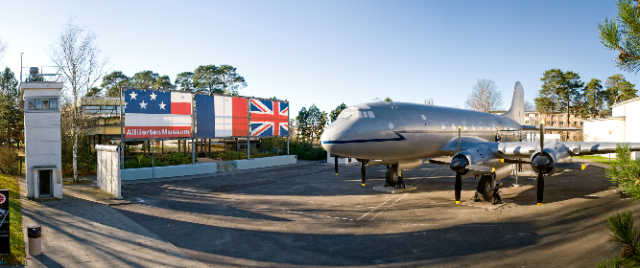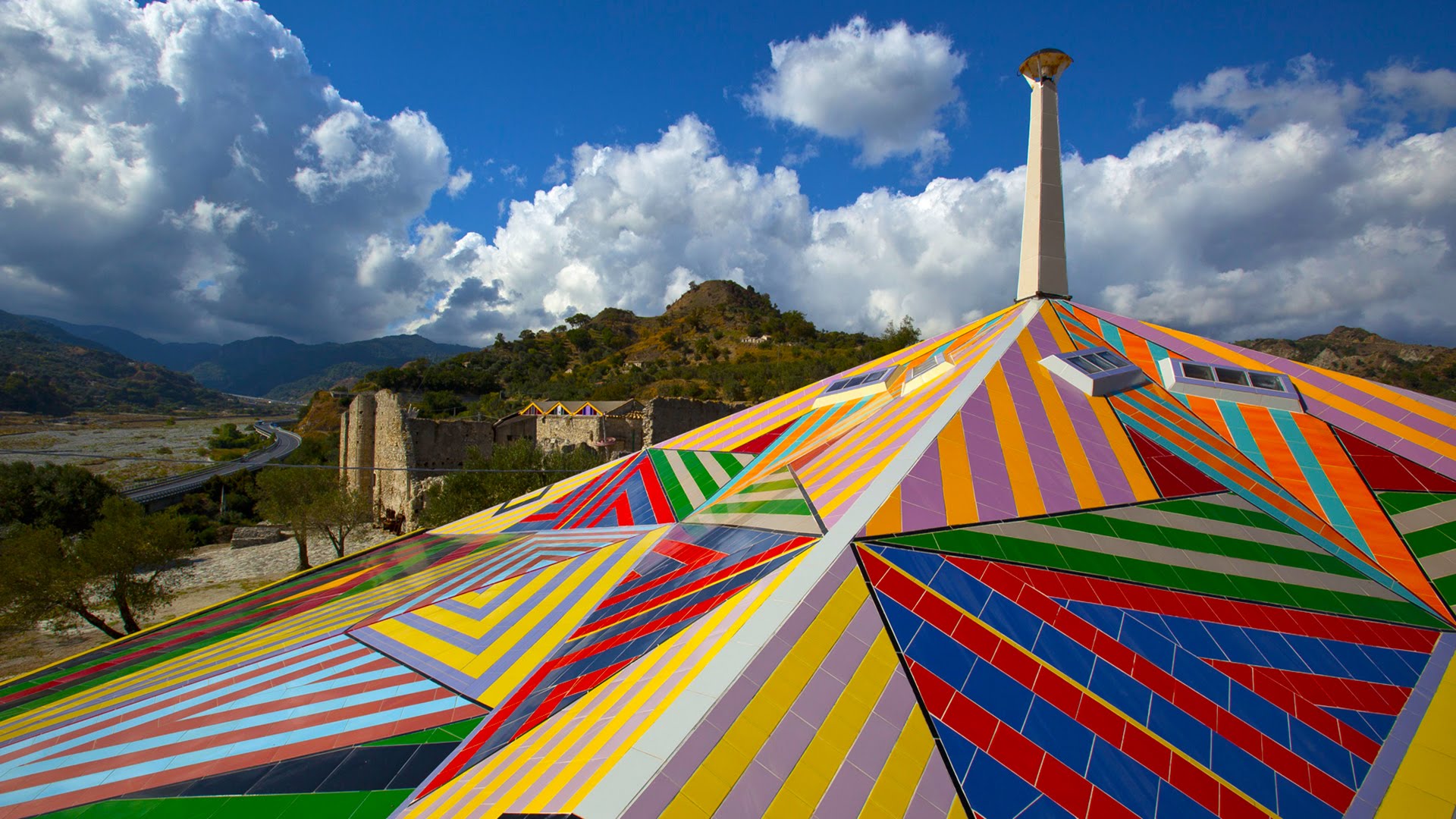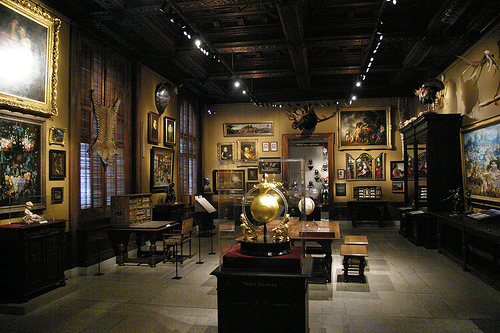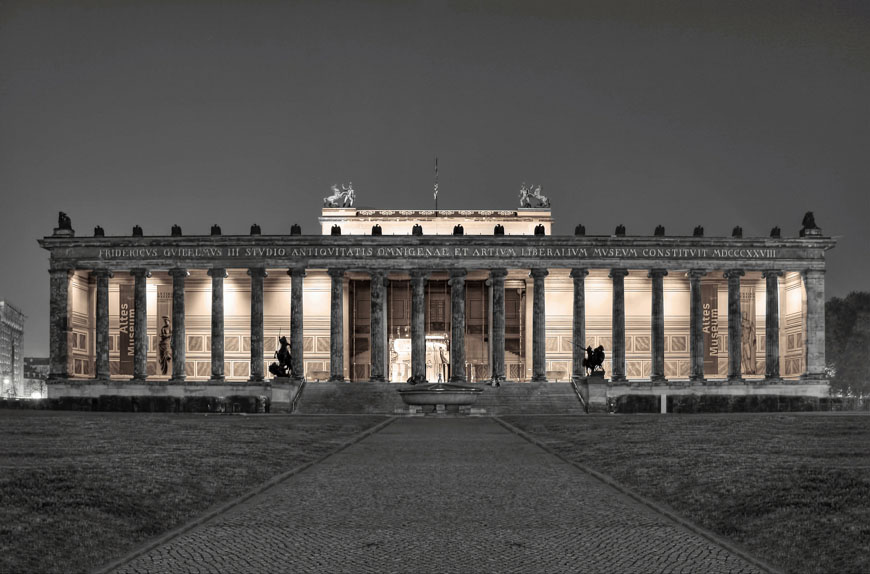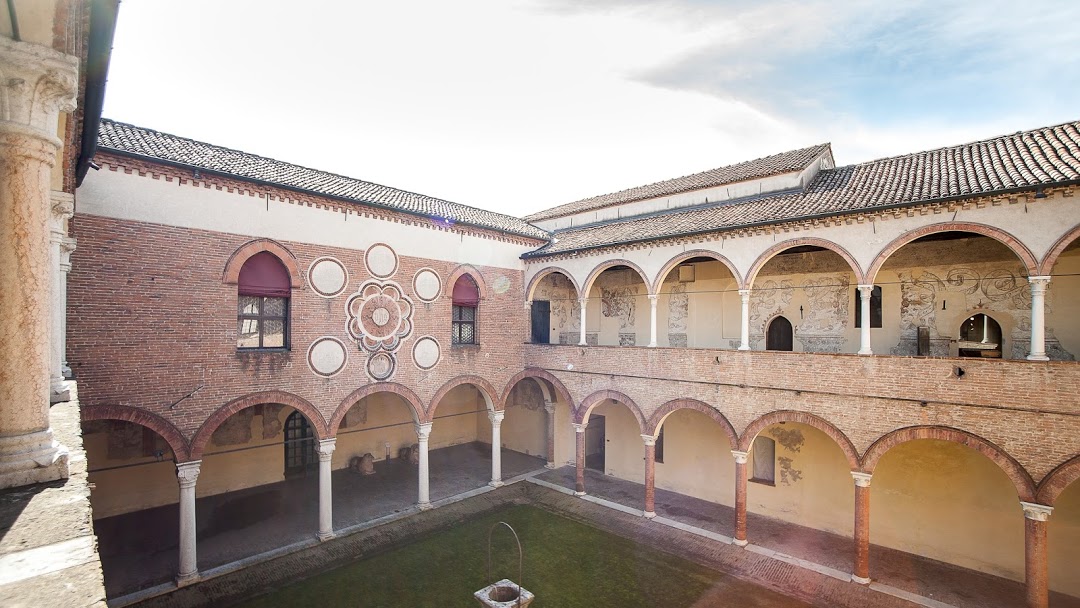The Allied Museum is a museum in Berlin. It documents the political history and the military commitments and roles of the Western Allies in Germany – particularly Berlin – between 1945 and 1994 and their contribution to liberty in Berlin during the Cold War era.
The main themes that are covered by the museum are the Cold War and the airlift to Berlin, but also the daily life that took place in the American, British and French military communities.
The location of the Allied Museum is authentically historic, as the wing now used as exhibition space housed the cinema and library of American troops. Behind this building, the largest residential village for American soldiers and their families found in Berlin is still visible today. Opposite, on the other hand, the U.S. military government and the supreme command of the Berlin Brigade were based.
“The Outpost Theater,” as this theater was called, is now protected by the Cultural Heritage and houses the first part of the permanent exhibition relating to the early postwar years and the Allied occupation. The focus of this section is the story of the 1948/49 airlift to Berlin. The Nicholson Memorial Library houses the second part of the permanent exhibition and temporary exhibits. Among the most important pieces in the museum are the last watchtowers of Checkpoint Charlie, a “Hastings,” British aircraft used for the airlift, and the tunnel used by spies.
